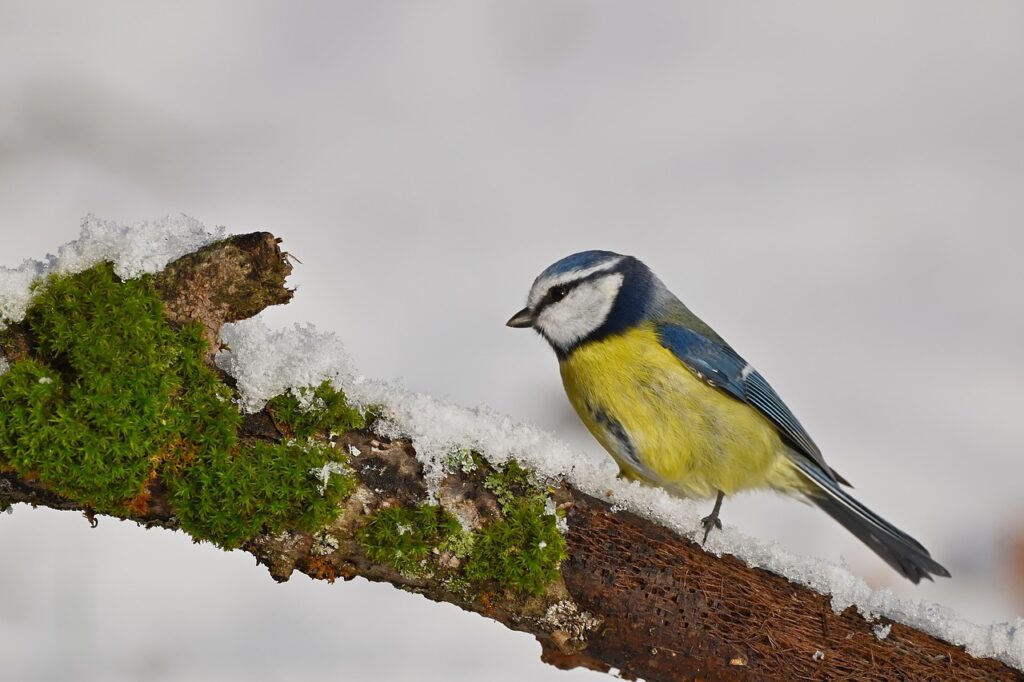Toronto’s freeze-thaw test separates great pavers from failing ones. Interlocking stone pavers flex through cold swings. But poor base prep, wrong sealing, and bad drain cause disasters.
Why Freeze-Thaw Breaks Pavers Down
Water gets under pavers and between joints. Ground temps drop below zero. Water freezes and expands nine percent. Pressure lifts pavers up. Joints crack. Spring brings shifting.
Repeat this cycle fifty plus times from November through March. Pavers heave up. Some settle down uneven. Surface becomes hazardous.
Toronto averages one hundred twenty-two cm of snow yearly. That weight plus freeze-thaw creates brutal stress.
Defense Strategy One: Strong Base Foundation
The base is critical. Most paver fail starts below. Cheap sand without proper compacting lets frost heave shift pavers.
Pros use four to six inches of compacted gravel. They compact it heavy with machines. This stops frost from moving water or pavers.
When relaying old pavers, contractors check the base. They add more gravel where it’s settled. Recompaction prevents future shift.
DIY installs often skip this. Loose base plus water equals spring disaster.
Defense Strategy Two: Polymeric Sand Sealing
Polymeric sand holds pavers locked together. It hardens with moisture, creating a seal. This prevents water from seeping down.
Regular sand washes out. Pavers shift. Polymeric sand resists this.
Apply polymeric sand before winter. Reapply every three to five years. Cost runs a few hundred dollars.
Skip this and water pools under pavers. Freeze damage happens.
Defense Strategy Three: Proper Drainage Slope
Pavers need at least one to two percent slope away from buildings. This means water runs off, not pools.
Flat pavers or slopes toward the house trap water. Freeze-thaw damage follows.
Check your slope with a level and tape. Water should roll off, not sit.
Defense Strategy Four: Remove Snow Fast, Use Safe De-icers
Metal shovels scratch pavers. Use plastic shovels instead.
Rock salt cracks pavers. Magnesium chloride is worse. Use sand or calcium magnesium acetate.
Clear snow quick. The longer it sits, the more it melts and refreezes.
Winter Maintenance Checklist
- Shovel with plastic blades, not metal
- Use sand or paver-safe de-icers only
- Inspect joints for gaps mid-winter
- Clear gutters so melt-water drains away
- Fix any heaved pavers before spring
Comparing Pavers vs. Concrete
Interlocking pavers last twenty-five to fifty years with care. Concrete lasts fifteen to twenty. Pavers win long-term.
Pavers flex through freeze-thaw. Concrete cracks. Pavers individual tiles can be replaced. Concrete needs partial cuts and patches.
Cost upfront runs fifteen to thirty dollars per square foot for pavers. Concrete runs eight to fifteen. Pavers cost more initially but last longer and look better.
Sealing Your Pavers Before Winter
Pro sealers cost three hundred to one thousand depending on size. DIY sealers run fifty to one hundred fifty.
Apply two coats with forty-eight hours between. Let it cure fully before winter.
Sealed pavers resist salt, moisture, and freeze damage.
Spring Inspection Priorities
Once snow melts, walk your paver surface. Look for heaved pavers—ones that stick up. Note any sunken spots—low patches.
Fix these fast. Heaved pavers become trip hazards. Sunken spots pool water. Both worsen with freeze-thaw.
Hiring pros for spring releveling costs three hundred to eight hundred depending on damage.
Long-Term Paver Care
Maintenance prevents costly fixes. Reseal every three to five years. Clear gutters before fall. Ensure slope stays one to two percent.
Pavers that get proper care outlast concrete. They handle Toronto’s brutal freeze-thaw better than any other surface.










